![]()
![]()
![]()
Use LEFT and RIGHT arrow keys to navigate between flashcards;
Use UP and DOWN arrow keys to flip the card;
H to show hint;
A reads text to speech;
68 Cards in this Set
- Front
- Back
|
Counter Reformation |
Baroque in Italy and Spain. Purification of the Catholic church in response to the protestant reform |
|
|
Council of Trent |
reaffirmed traditional Catholic doctrine and recommended reforms of liturgy, church practices, and works of art. |
|
|
Piazza |
town square |
|
|
Colonnade |
Row of columns |
|
|
Baldaccino |
Built by Bernini The canopy for the main altar of st. Peter's, directly under Michaelangelo's dome |
|
|
Tenebrism |
"The Dark Manner" Style of Painting started by Caravaggio's, with dark backgrounds and dramatic lighting |
|
|
Caravaggisti |
People who were influenced by Caravaggio |
|
|
Classical landscape |
The ideal environment |
|
|
Urban VIII |
Pope, and patron of Bernini (sculpture and architect who did the Baldaccino) |
|
|
Jesuits |
"Society of Jesus" Most ambitious and energetic religious order in the Catholic church. Started as part of the counter reformation |
|
|
Saint Ignatius Loyola |
Founded the Jesuits |
|
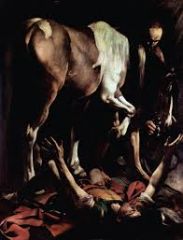
|
Caravaggio, Conversion of Saint Paul, Baroque in Italy We know more about his life from his police record Most influential painter at start of Baroque Style of dark background, and intense lighting spread to Holland, France and Spain |
|

|
Artemisia Gentileschi, Judith and her Maidservant With the Head of Holofernes, Baroque in Italy Story from the apocrypha, Judith was a heroine in the Catholic church Artemisia was a caravaggisti |
|
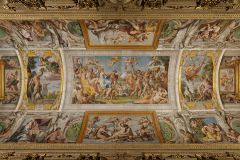
|
Annibale Carracci, Farnese Gallery, Baroque in Italy represent the classical style. Show the love of the Gods. Flat Painting Caracci brothers and cousin started the first art school
|
|
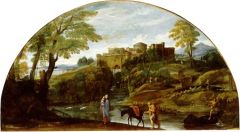
|
Annibale Caracci, Flight into Egypt, Baroque in Italy Classical landscape, or the ideal setting |
|
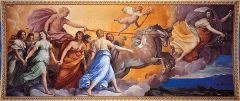
|
Guido Reni, Aurora, Baroque in Italy Flat Painting |
|
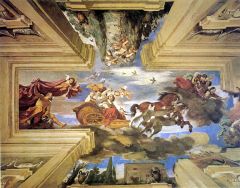
|
Guercino, Aurora, Baroque in Italy Illusionistic painting becomes popular. The architecture is a painted illusion |
|
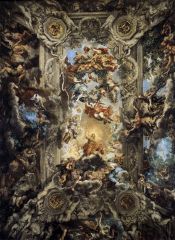
|
Pietro da Cartona, Triumph of the Barbernini, Baroque in Italy Allegory of divine providence Cardinal Barbernini becoming pope with symbols of Barbernin Bees, laurel wreath, and keys
|
|
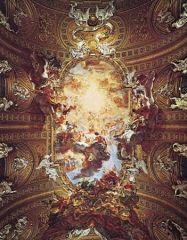
|
Giovanni Battista Gaulli, Triumph of the Name of Jesus Combines Architecture, sculpture, and painting into one illusion; heaven appears to spill into the building |
|
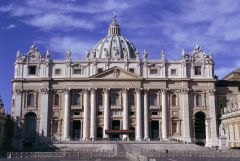
|
Carlo Maderno, Facade of St. Peter's, Baroque in Italy Changed Greek cross plan to the latin cross plan |
|
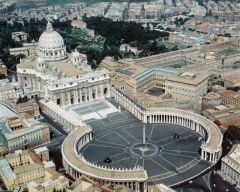
|
Gianlorenzo Bernini, Piazza St. Peter's, Baroque in Italy Colonnade |
|
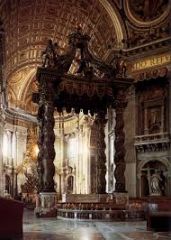
|
Gianlorenzo Bernini, Baldacchino, Baroque in Italy High Alter of St. Peter's |
|
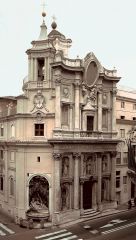
|
Francesco Borromini, San Carlo Alle Quattro Fontane, Baroque in Italy Most infulential Italian Baroque architect. He made achitecture into sculpture: curved line, formable |
|

|
Francesco Borromini, San Carlo Alle Quattro Fontane Dome, Baroque in Italy
|
|
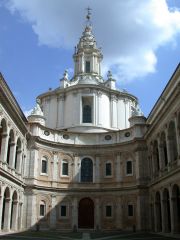
|
Francesco Borromini, Saint Ivo, Baroque in Italy Curved lines Borromini took his own life, and therefore didn't complete much work |
|
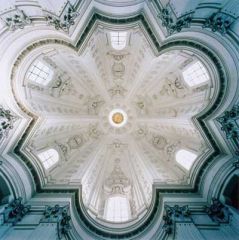
|
Francesco Borromini, Saint Ivo Dome, Baroque in Italy Dome and drums aren't round |
|
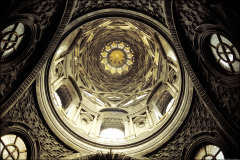
|
Guarino Guarini, Dome of the Chapel of the Holy Shroud, Baroque in Italy Only has 3 pendentives |
|
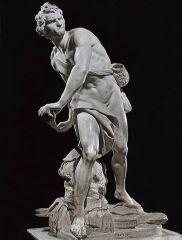
|
Gianlorenzo Bernini, David, Baroque in Italy greatest sculptor of the Baroque Counter reformation said religious art had to be appropriate, so David has a cloth covering him |
|

|
Gianlorenzo Bernini, Ecstasy of Saint Teresa, Baroque in Italy combines sculpture, architecture, and painting into one illusion. Bernini designed the whole wall, not just the sculpture. |
|
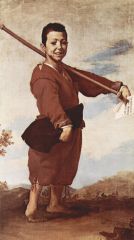
|
Jusepe de Ribera, The Club-footed Boy, Baroque in Spain Jusepe gave dignity to the common people influenced by Caravaggio's realism |
|
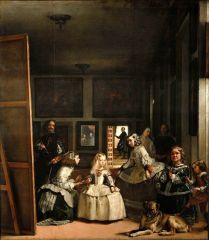
|
Diego Velazquez, The Maids of Honor, Baroque in Spain Most famous Spanish Baroque painter, did royal portraits Gives homage to art and the common people; shows servants and the artist |
|
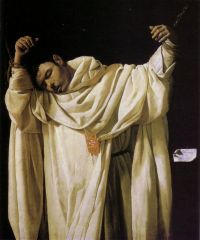
|
Francisco de Zurbaran, Saint Serapion, Baroque in Spain Nicknamed the Spanish Caravaggio |
|
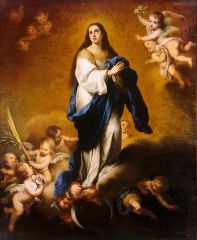
|
Barolome-Esteban Murillo, The Immaculate Conception, Baroque in Spain Most endearing image of the Madonna. Mary is the ideal woman |
|
|
Flanders |
Made famous by Rubens |
|
|
Grand Manor Portrait |
Snooty pose made popular by Anthony Van Dyck who painted Charles I dismounted |
|
|
Genre |
Common, everyday life and people |
|
|
Kunstkammer |
Art room. People became wealthy through trade, and had huge collections from around the world |
|
|
Etching |
Scratch, varnish, acid bath |
|
|
Drypoint |
Scratch, burr, ink |
|
|
Camera Obscura |
Dark room with a hole for light creates an upside down image |
|
|
Absolutism |
Centralized state ruled by an autocrat with unlimited powers. Manifested in grand and dramatic art to display power. |
|
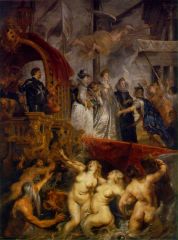
|
Peter Paul Rubens, Arrival of Marie De'Medici at Marseilles, Baroque in Flanders. Most Famous Painter of the Baroque Painted royalty in multiple countries, and had students help with work |
|
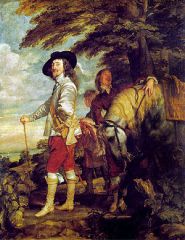
|
Anthony Van Dyck, Charles I Dismounted, Baroque in Flanders Court painter for Charles I, and assistant to Rubens. Invented the Grand Manor pose. |
|
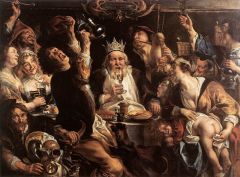
|
Jacob Jordaens, The King Drinks, Baroque in Flanders Replaced Van Dyck as court painter |
|
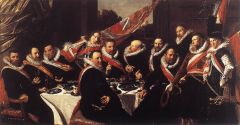
|
Frans Halls, The Banquet of the Officers of the St. George Civic Guard, Baroque in Holland Great Dutch portrait painter Civic guards created when Holland declared independence, later became like popular clubs |
|
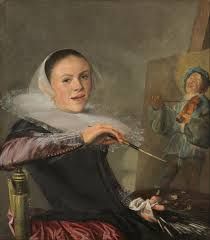
|
Judith Leyster, Self-portrait, Baroque in Holland Student of Frans Halls, early famous female artist |
|

|
Rembrandt Van Rijn, The Night Watch (The Company of Captain Frans Banning Cocq), Baroque in Holland Greatest portrait artist in history. Did over 60 self-portraits |
|

|
Rembrandt Van Rijn, The Hundred Guilder Print, Baroque in Holland Greatest printer in Etching technique Did many religious drawings, prints, and paintings |
|
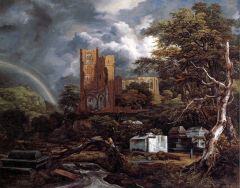
|
Jacob van Ruisdael, The Jewish Cemetary, Baroque in Holland Jews fled to Holland for religious freedom, formed communities called ghettos |
|
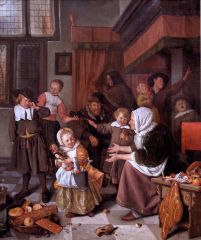
|
Jan Steen, The Feast of St. Nicholas, Baroque in Holland
|
|
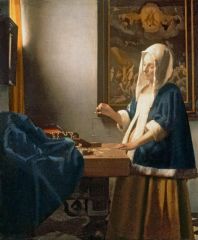
|
Van Vermeer, Woman Holding a Balance, Baroque in Holland Possibly used a camera obscura. Art of photographic realism |
|
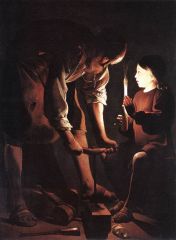
|
George De La Tour, Joseph the Carpenter, Baroque in France Influenced by Carravaggio |
|
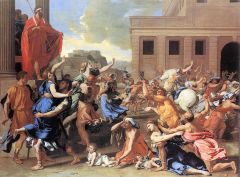
|
Nicolas Poussin, The Abduction of the Sabine Women, Baroque in France Most Famous french Baroque painter Influenced by classical style |
|
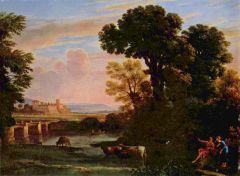
|
Claude Lorrain, A Pastoral Landscape, Baroque in France One of the most influencial landscape painters of the period bathed landscape in atmospheric gold glow |
|

|
Hyacinthe Rigaud, Louis XIV, Baroque in France |
|
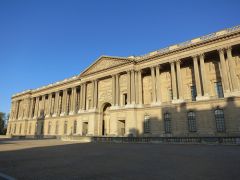
|
East facade of the Louvre, Baroque in France Classically influenced, double columns |
|
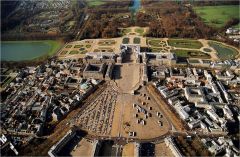
|
Palace of Versailles, Baroque in France |
|
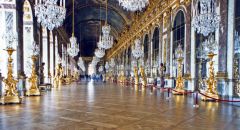
|
Halle of Mirrors at the Palace of Versailles, Baroque in France |
|
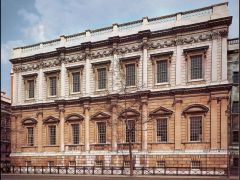
|
Inigo Jones, Bangqueting House, Whitehall Palace, Baroque in England Brought classical style to England |
|

|
Sir Christopher Wren, Saint Paul's Cathedral, Baroque in England Dome influenced by St Peter's (Michaelangelo) Towers inluenced by Borromini Double columns influenced by the Louvre |
|
|
Salon |
Small, decorated rooms for social gatherings |
|
|
vedute |
large painting of a cityscape or landscape |
|
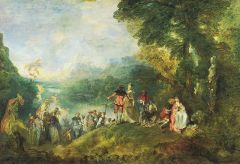
|
Antoine Wattau, Return from Cythera, Rococo Excellent draftsman, good at drawing |
|
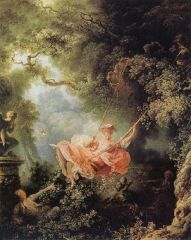
|
Jean-Honore Fragonard, The Swing, Rococo Clergyman in the background, The girl is the mistress of the man under her. |
|
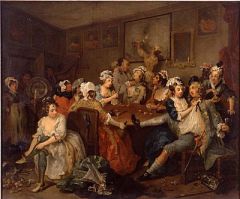
|
William Hogarth, The Orgy, Scene III of the Rake's Progress, Rococo satyr of the importance of morality and values |
|
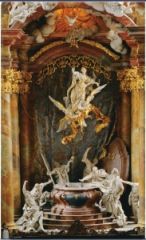
|
Egid Quirin Asam, The Assumption of the Virgin, Rococo influenced by The Ecstasy of St Teresa |
|
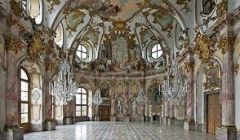
|
Balthasar Neumann, Kaisersaal, Wurzburg, Rococo influenced by Boromini |
|
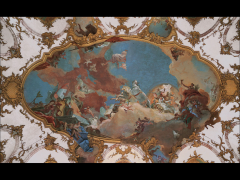
|
Giambattista Tiepolo, Ceiling Fresco, Kaisersaal, Rococo Last of the great ceiling painters No longer illusionistic |

